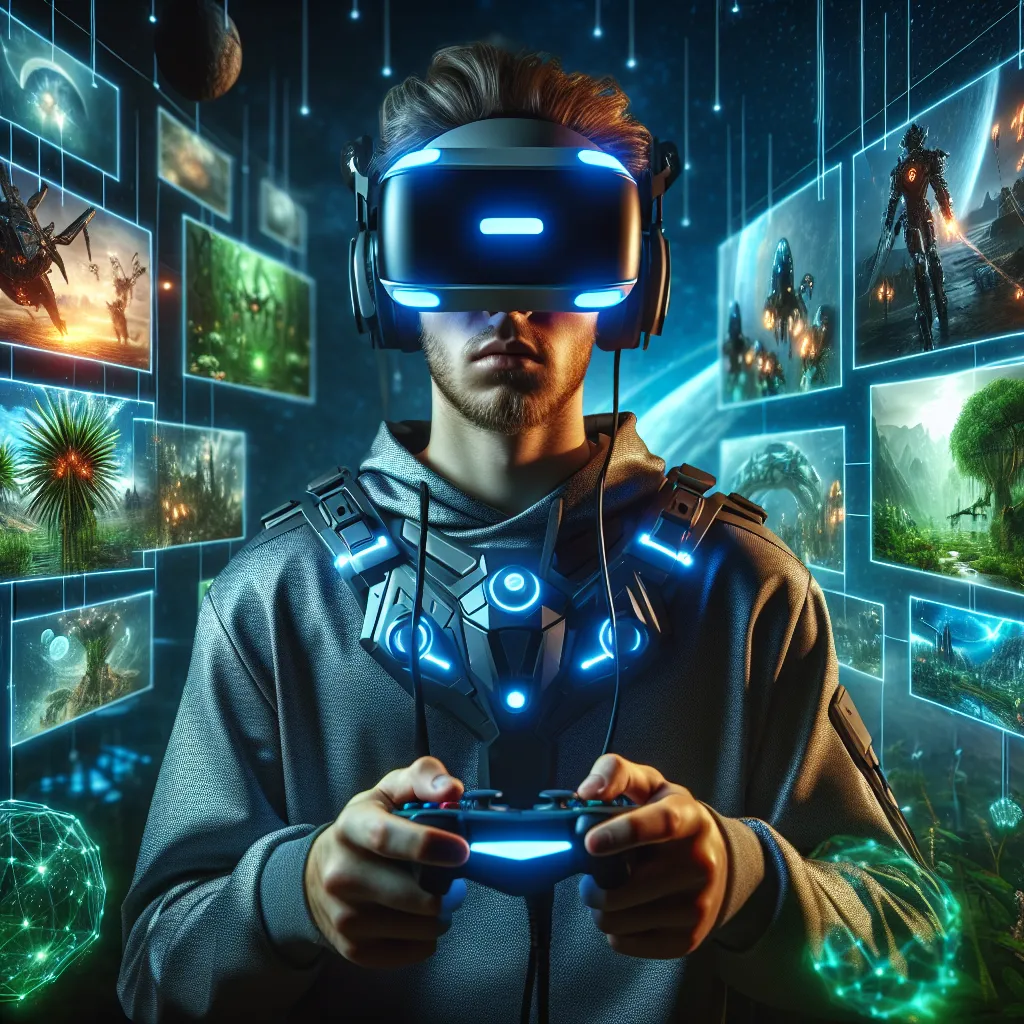The Birth of Video Games: A Look at Early Console and Arcade Gaming
One of the most significant phases in the evolution of gaming is the birth of video games, which traces back to the early console and arcade gaming era. During the 1970s, the release of the first home video game console, the Magnavox Odyssey, marked the beginning of a new era in entertainment. This pioneering device allowed players to enjoy simple games like Pong in the comfort of their own homes.
Simultaneously, arcade gaming was taking the world by storm. With the introduction of iconic games like Space Invaders and Pac-Man, arcades became bustling hubs of social activity, attracting players of all ages. These early games, although primitive by today’s standards, laid the foundation for the multibillion-dollar gaming industry we know today.
The pixelated graphics and simplistic gameplay of these early console and arcade games may seem outdated compared to modern standards, but they served as crucial building blocks for the future of gaming. The concepts of competitive multiplayer, high scores, and immersive gameplay experiences all originated from this pivotal period.
As technology advanced, so did video games, eventually leading us to the virtual reality and augmented reality experiences of today. The modern gaming industry owes a great deal to the humble beginnings of console and arcade gaming, as they set the stage for the revolutionary developments that continue to shape the gaming landscape.
The Rise of 3D Graphics: Exploring the Transition to Realistic Gaming Experiences
One of the most significant revolutions in the evolution of gaming has been the shift from 2D pixelated graphics to immersive 3D environments. This transition has brought about a monumental change in how players interact with and experience games, creating a more realistic and captivating gaming landscape. The rise of 3D graphics has allowed game developers to craft visually stunning worlds that offer a level of depth and realism previously unattainable.
The shift to 3D graphics has not only enhanced the visual aspect of gaming but has also transformed the way stories are told and gameplay is experienced. Players are now able to explore intricately detailed environments, interact with objects in a more lifelike manner, and experience a greater sense of immersion. This evolution has paved the way for more complex and engaging narratives, as well as innovative gameplay mechanics that leverage the capabilities of 3D environments.
Moreover, the advancement in 3D graphics has opened the door to virtual reality (VR) gaming, marking another significant milestone in the industry. VR technology has enabled players to step into the game world, blurring the lines between reality and the virtual space. This immersive experience has redefined the possibilities of gaming, offering an unprecedented level of engagement and sensory stimulation.
In conclusion, the rise of 3D graphics has been instrumental in shaping the modern gaming landscape, ushering in an era of visually stunning, immersive, and realistic gaming experiences. As technology continues to evolve, it is certain that 3D graphics will continue to push the boundaries of what is possible in gaming, promising even more breathtaking adventures for players to embark upon.
Immersive Gaming in the Digital Era: Virtual Reality and Beyond
Immersive gaming has seen a remarkable evolution in the digital era, with virtual reality (VR) technology paving the way for a truly immersive gaming experience. The concept of VR gaming has transformed the way players interact with virtual environments, allowing them to become fully immersed in the game world. By wearing VR headsets and using motion controllers, gamers can explore and interact with digital landscapes in ways that were previously unimaginable. The level of immersion achieved with VR gaming is unparalleled, as it engages multiple senses and creates a sensation of being transported to an alternate reality.
Beyond virtual reality, the future of immersive gaming holds even more possibilities. Advances in haptic feedback technology are enabling developers to create more realistic sensations, allowing players to feel the impact of their actions within the game. Additionally, augmented reality (AR) is merging the virtual world with the real world, offering new dimensions for immersive gaming experiences. With AR, gamers can see digital elements overlaid onto their physical environment, bringing the game world into their own space.
As technology continues to advance, the potential for immersive gaming experiences will only continue to grow. The evolution from pixels to virtual reality signifies a monumental shift in the way we interact with games, blurring the lines between the digital and physical worlds. With ongoing innovation, the future of immersive gaming holds promise for even more captivating and lifelike experiences that will continue to redefine the boundaries of gaming.



